Fire recovery for native flora and fauna in the Upper Murray has transformed into a long-term community passion project thanks to Holbrook Landcare’s Landcare Led Bushfire Recovery Grants funded Fire Recovery in the Upper Murray project.
When the Dunn’s Road and Green Valley fire decimated critical habitat and exacerbated threats faced by key threatened species, Holbrook Landcare knew key gaps in the Landcare-led Murray-Riverina Ecological Fire Recovery Strategy needed to be addressed- starting with working with partners including Mountain Landcare and Snowy Valleys Council to improve community engagement and grow local interest in conservation, wildlife and landscape recovery.
“The Upper Murray is incredibly important for our unique and threatened wildlife. We knew we needed a whole of community approach so we could understand the impacts of the fires not only in ecosystems within our national parks but on private land as well,” said Holbrook Landcare Project Officer Kylie Durant.
“The community response was overwhelmingly positive. Not only has Mountain Landcare increased their membership by 300 percent but our citizen science conservation project has taken off and we’ve had reported sightings of Platypus, Gang Gang Cockatoos, Greater Gliders and Long-nosed Bandicoots.”
Improving community resilience was also a major focus, with Holbrook Landcare and their seven partners working with local landholders to develop individual recovery plans to match both the needs of the surrounding environment and individual capacity.
“We knew that co-design actions with landholders would contribute to bigger picture recovery for critical species and ecosystems, so it was important for us to be able to work in close partnership with them to produce impactful, tailor-made recovery plans.”
“Through the support of the Landcare Led Bushfire Recovery Grants program we were also able to offer local landholders with seed funding to kick-start recovery and improve the resilience of fire affected native plant and animal species on their properties. This has been a huge success with five landholders already going on to propose their own on-ground projects to improve wildlife recovery,” said Ms Durant.
The project’s popularity has now led to a major community program being launched with Snowy Valleys Council, Mountain Landcare and Rotary Tumbarumba for the rehabilitation of Paddy River Falls Picnic area with Landcare NSW CEO Turlough Guerin saying he couldn’t be more impressed with the results.
“The work of Holbrook Landcare and their partners is a great example of how investing in community projects can support substantive, long-term outcomes,” said Mr Guerin.
“Projects such as Fire Recovery in the Upper Murray are crucial for ensuring sustainable recovery and reflect what a University of Melbourne study suggests: landcare-led projects support fire affected communities to build resilience and stronger connections.”
“The fantastic accomplishments of this project and the wider Landcare Led Bushfire Recovery Grants Program have highlighted the value of local environmental protection projects in supporting the recovery of bushfire-affected communities and environments. The success of this landcare-led model shows our movement is well placed to be on the front lines when tackling future natural disasters,” said Mr Guerin.
About the Landcare Led Bushfire Recovery Grants Program
The Landcare Led Bushfire Recovery Grants Program is a $14 million program funding community-driven projects across bushfire affected areas of Queensland, New South Wales, the Australian Capital Territory, Victoria and South Australia. Together the 111 projects funded by the Program benefitted over 100 federal and state listed threatened species and ecological communities, including 16 mammal species, 16 bird species, 9 frog species, 34 plant species and 16 threatened vegetation communities.
Supported by the Australian Government’s Bushfire Recovery Program for Wildlife and their Habitat, the Landcare Led Bushfire Recovery Grants Program is managed by a partnership between the National Landcare Network, Landcare Australia and the Peak Landcare State and Territory Landcare organisations.
For further information, visit the Program Website: https://landcareledbushfiregrants.org.au/
MEDIA CONTACT: Rosie Rayns, rosie.rayns@landcareaustralia.com.au, 0401 991 792
Further project information:
Holbrook Landcare received $61,500 in funding from the Landcare Led Bushfire Recovery Grants program to provide additional support to the implementation of the Landcare-led Murray–Riverina Ecological Fire Recovery Strategy, engage individually with fire affected Landholders to build customized ecological plans for fire recovery, and bring them together for support and capacity building via Mountain Landcare, schools and community groups.
The project was conducted with the support of Mountain Landcare, Snowy Valleys Council, Group Captain’s Riverina Highlands Rural Fire Service, Charles Sturt University, Murray LLS and Soil Conservation Service, Rotary Tumbarumba and Woomargama National Park Volunteers. It saw 16 site visits to 12 landholders and 10 working bees conducted, as well as 97 volunteers engaged over 292 volunteer hours.
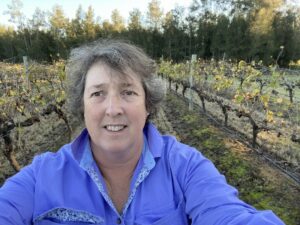
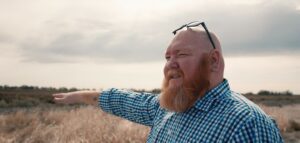 Rene Woods – Independent Director
Rene Woods – Independent Director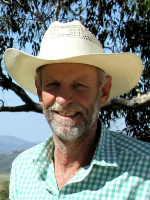
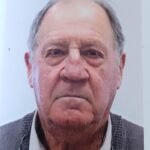
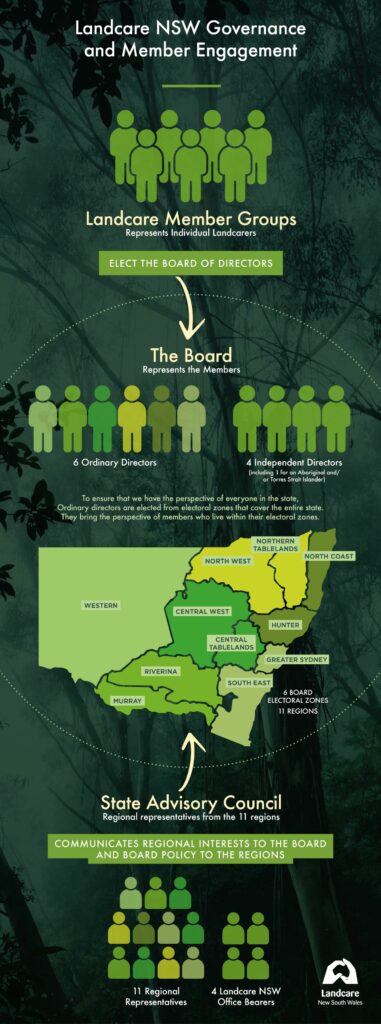
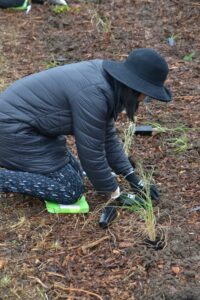
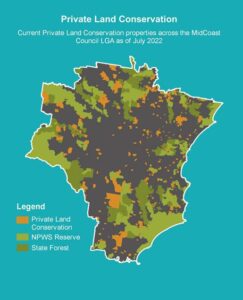 Private Land Conservation remains a hot topic across the state but with the support of the Partnering in Private Land Conservation (PLC) Project, the team at Mid Coast to Tops Landcare Connection are offering support and guidance to conservation holders in partnership with the Biodiversity Conservation Trust.
Private Land Conservation remains a hot topic across the state but with the support of the Partnering in Private Land Conservation (PLC) Project, the team at Mid Coast to Tops Landcare Connection are offering support and guidance to conservation holders in partnership with the Biodiversity Conservation Trust.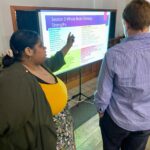
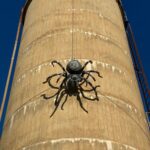
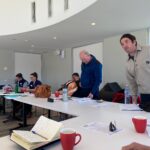
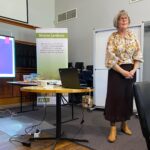
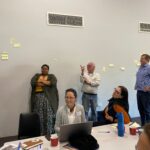
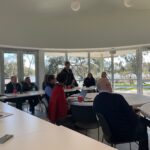
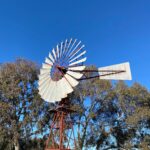
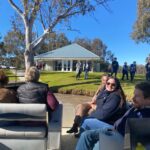
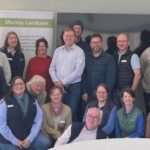

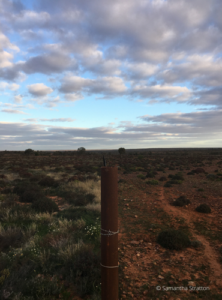
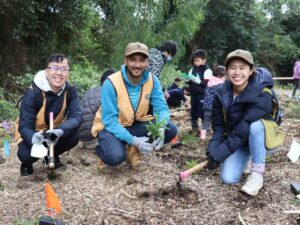 With over 600 people attending the event, Greater Sydney Landcare Network Chair, Bev Debrincat said this milestone and groundswell movement was a testament to the hard work undertaken by staff and volunteers and the importance of partners collaborating to grow and create green spaces across Sydney.
With over 600 people attending the event, Greater Sydney Landcare Network Chair, Bev Debrincat said this milestone and groundswell movement was a testament to the hard work undertaken by staff and volunteers and the importance of partners collaborating to grow and create green spaces across Sydney.